Introduction to Digital Signal Processing
Copyrigth Page
Contents
Preface
Acknowledgements
Chapter 1. The basics
1.1 Chapter preview
1.2 Analogue signal processing
1.3 An alternative approach
1.4 The complete DSP system
1.5 Recap
1.6 Digital data processing
1.7 The running average filter
1.8 Representation of processing systems
1.9 Self-assessment test
1.10 Feedback (or recursive) filters
1.11 Self-assessment test
1.12 Chapter summary
1.13 Problems
Chapter 2. Discrete signals and systems
2.1 Chapter preview
2.2 Signal types
2.3 The representation of discrete signals
2.4 Self-assessment test
2.5 Recap
2.6 The z-transform
2.7 z-Transform tables
2.8 Self-assessment test
2.9 The transfer function for a discrete system
2.10 Self-assessment test
2.11 MATLAB and signals and systems
2.12 Recap
2.13 Digital signal processors and the z-domain
2.14 FIR filters and the z-domain
2.15 IIR filters and the z-domain
2.16 Self-assessment test
2.17 Recap
2.18 Chapter summary
2.19 Problems
Chapter 3. The z-plane
3.1 Chapter preview
3.2 Poles, zeros and the s-plane
3.3 Pole-zero diagrams for continuous signals
3.4 Self-assessment test
3.5 Recap
3.6 From the s-plane to the z-plane
3.7 Stability and the z-plane
3.8 Discrete signals and the z-plane
3.9 Zeros
3.10 The Nyquist frequency
3.11 Self-assessment test
3.12 The relationship between the Laplace and z-transform
3.13 Recap
3.14 The frequency response of continuous systems
3.15 Self-assessment test
3.16 The frequency response of discrete systems
3.17 Unstable systems
3.18 Self-assessment test
3.19 Recap
3.20 Chapter summary
3.21 Problems
Chapter 4. The design of IIR filters
4.1 Chapter preview
4.2 Filter basics
4.3 FIR and IIR filters
4.4 The direct design of IIR filters
4.5 Self-assessment test
4.6 Recap
4.7 The design of IIR filters via analogue filters
4.8 The bilinear transform
4.9 Self-assessment test
4.10 The impulse-invariant method
4.11 Self-assessment test
4.12 Pole-zero mapping
4.13 Self-assessment test
4.14 MATLAB and s-to-z transformations
4.15 Classic analogue filters
4.16 Frequency transformation in the s-domain
4.17 Frequency transformation in the z-domain
4.18 Self-assessment test
4.19 Recap
4.20 Practical realization of IIR filters
4.21 Chapter summary
4.22 Problems
Chapter 5. The design of FIR filters
5.1 Chapter preview
5.2 Introduction
5.3 Phase-linearity and FIR filters
5.4 Running average filters
5.5 The Fourier transform and the inverse Fourier transform
5.6 The design of FIR filters using the Fourier transform or 'windowing' method
5.7 Windowing and the Gibbs phenomenon
5.8 Highpass, bandpass and bandstop filters
5.9 Self-assessment test
5.10 Recap
5.11 The discrete Fourier transform and its inverse
5.12 The design of FIR filters using the 'frequency sampling' method
5.13 Self-assessment test
5.14 Recap
5.15 The fast Fourier transform and its inverse
5.16 MATLAB and the FFT
5.17 Recap
5.18 A final word of warning
5.19 Chapter summary
5.20 Problems
Answers to self-assessment tests and problems
References and bibliography
Appendix A: Some useful Laplace and z-transforms
Appendix B: Frequency transformations in the s- and z - domains
Index
















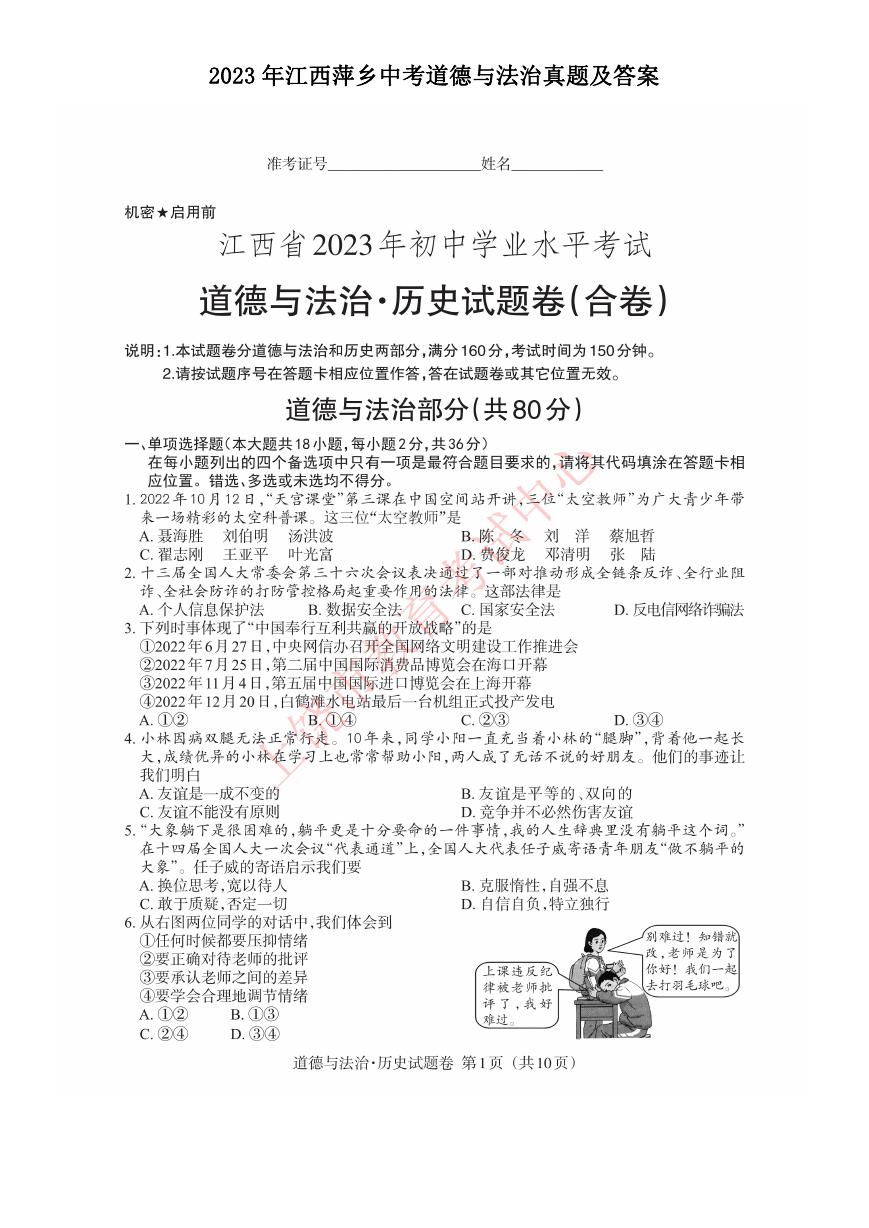 2023年江西萍乡中考道德与法治真题及答案.doc
2023年江西萍乡中考道德与法治真题及答案.doc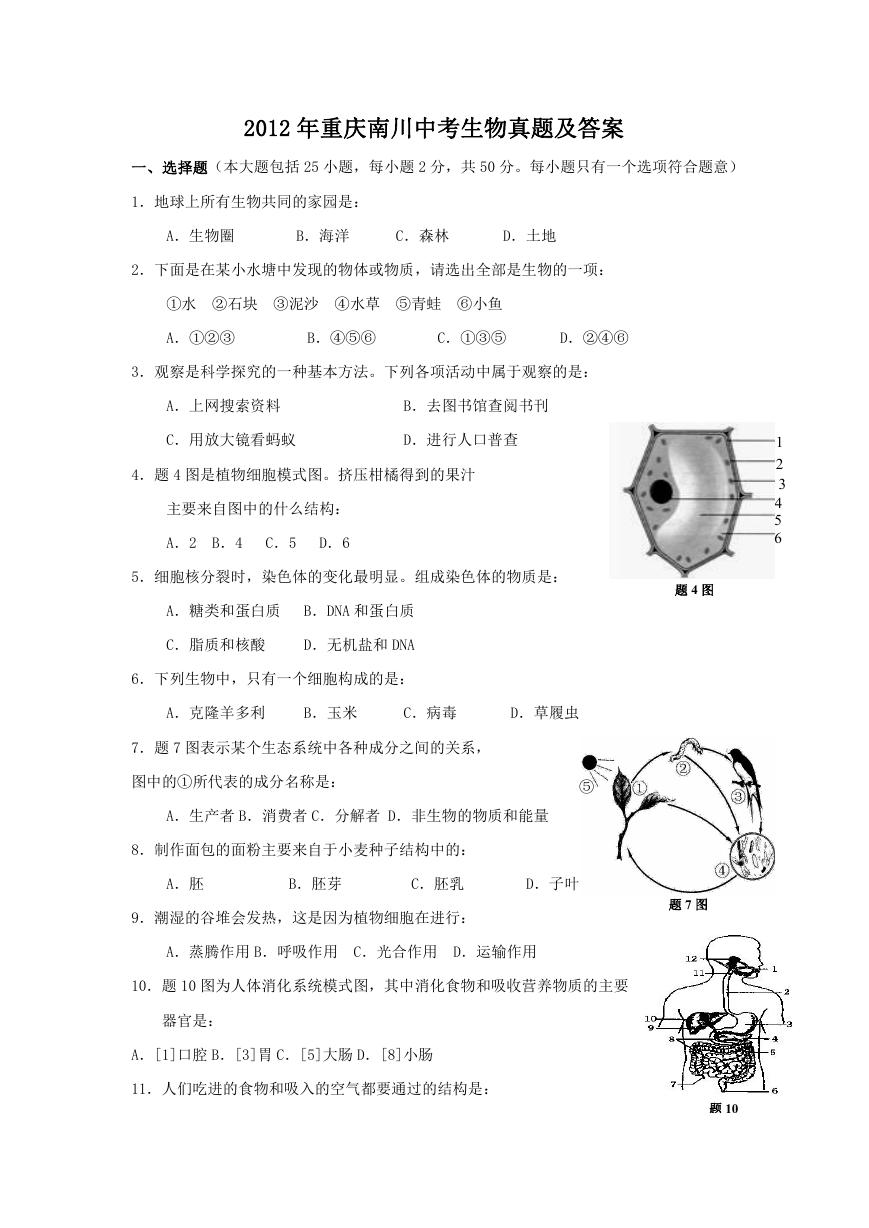 2012年重庆南川中考生物真题及答案.doc
2012年重庆南川中考生物真题及答案.doc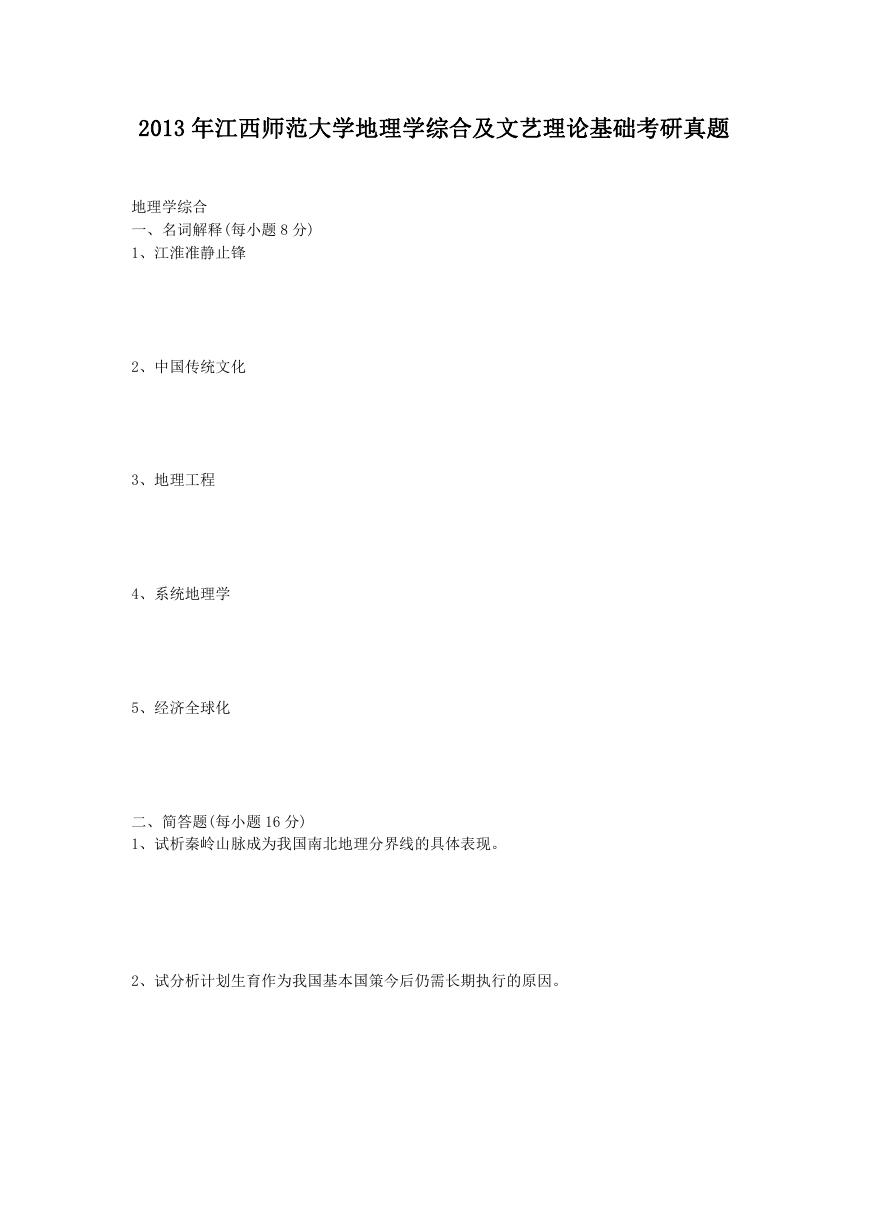 2013年江西师范大学地理学综合及文艺理论基础考研真题.doc
2013年江西师范大学地理学综合及文艺理论基础考研真题.doc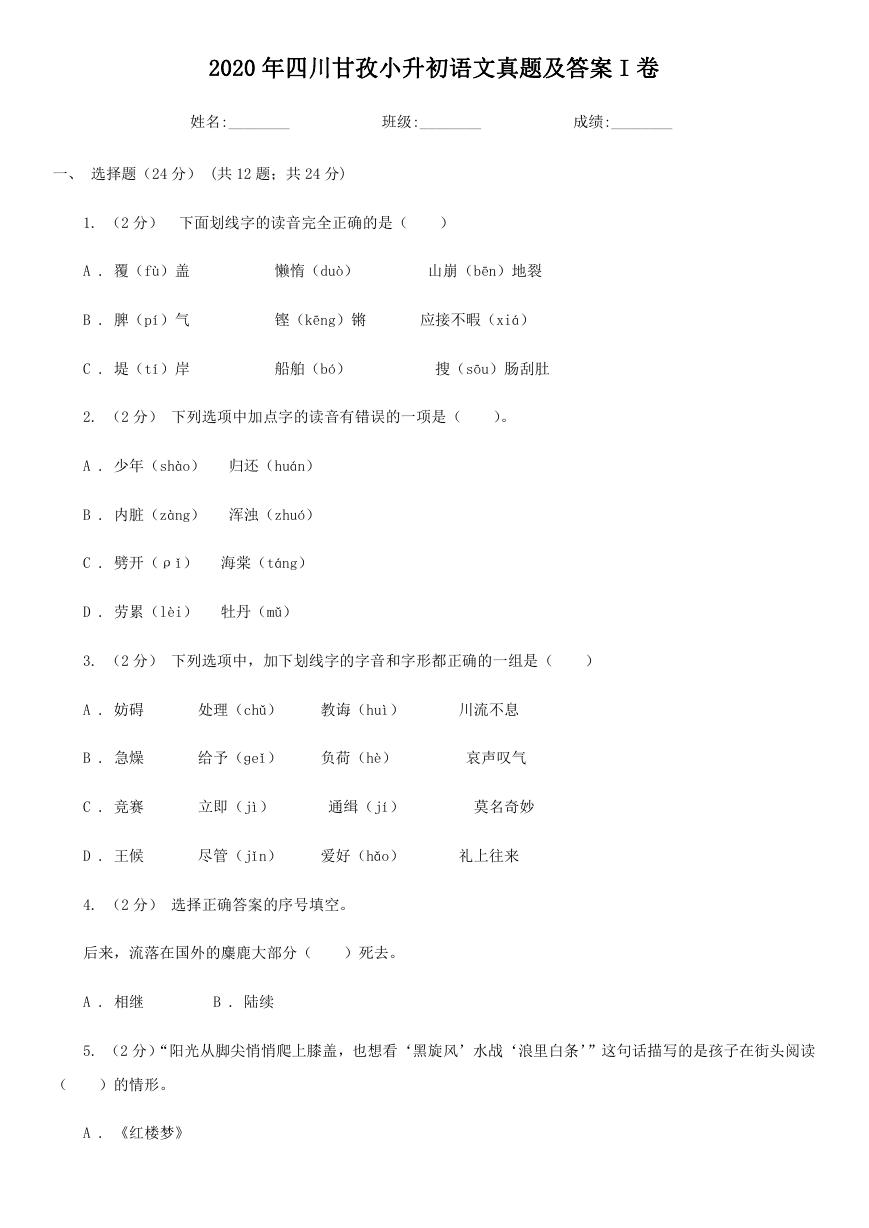 2020年四川甘孜小升初语文真题及答案I卷.doc
2020年四川甘孜小升初语文真题及答案I卷.doc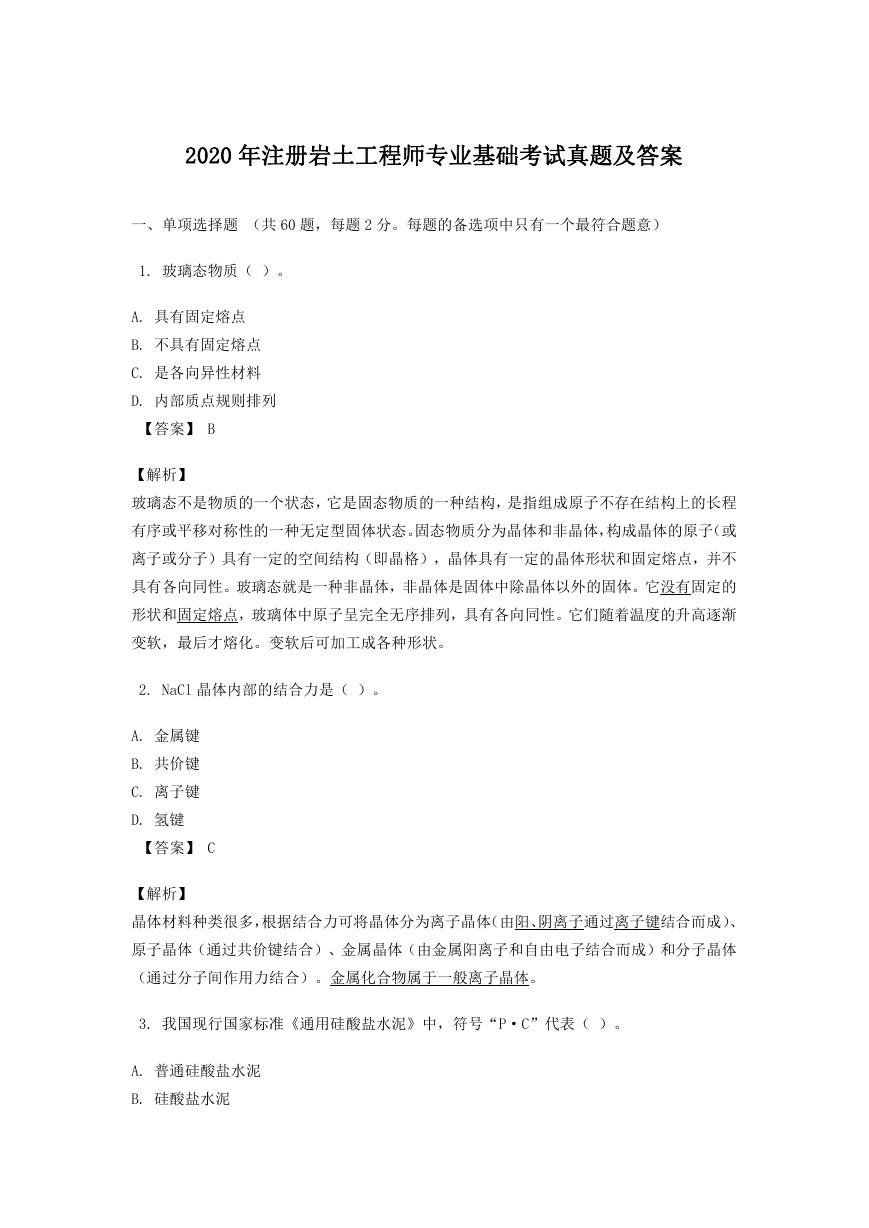 2020年注册岩土工程师专业基础考试真题及答案.doc
2020年注册岩土工程师专业基础考试真题及答案.doc 2023-2024学年福建省厦门市九年级上学期数学月考试题及答案.doc
2023-2024学年福建省厦门市九年级上学期数学月考试题及答案.doc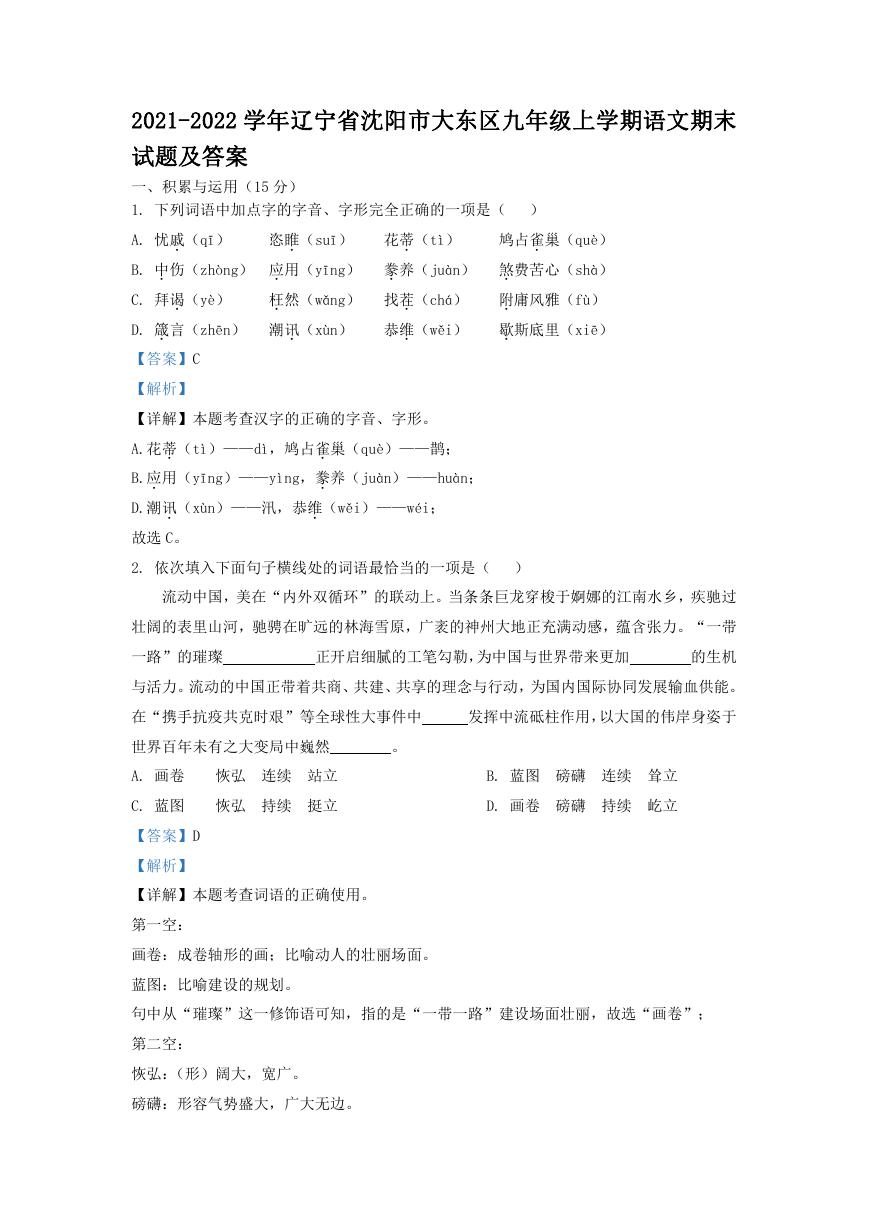 2021-2022学年辽宁省沈阳市大东区九年级上学期语文期末试题及答案.doc
2021-2022学年辽宁省沈阳市大东区九年级上学期语文期末试题及答案.doc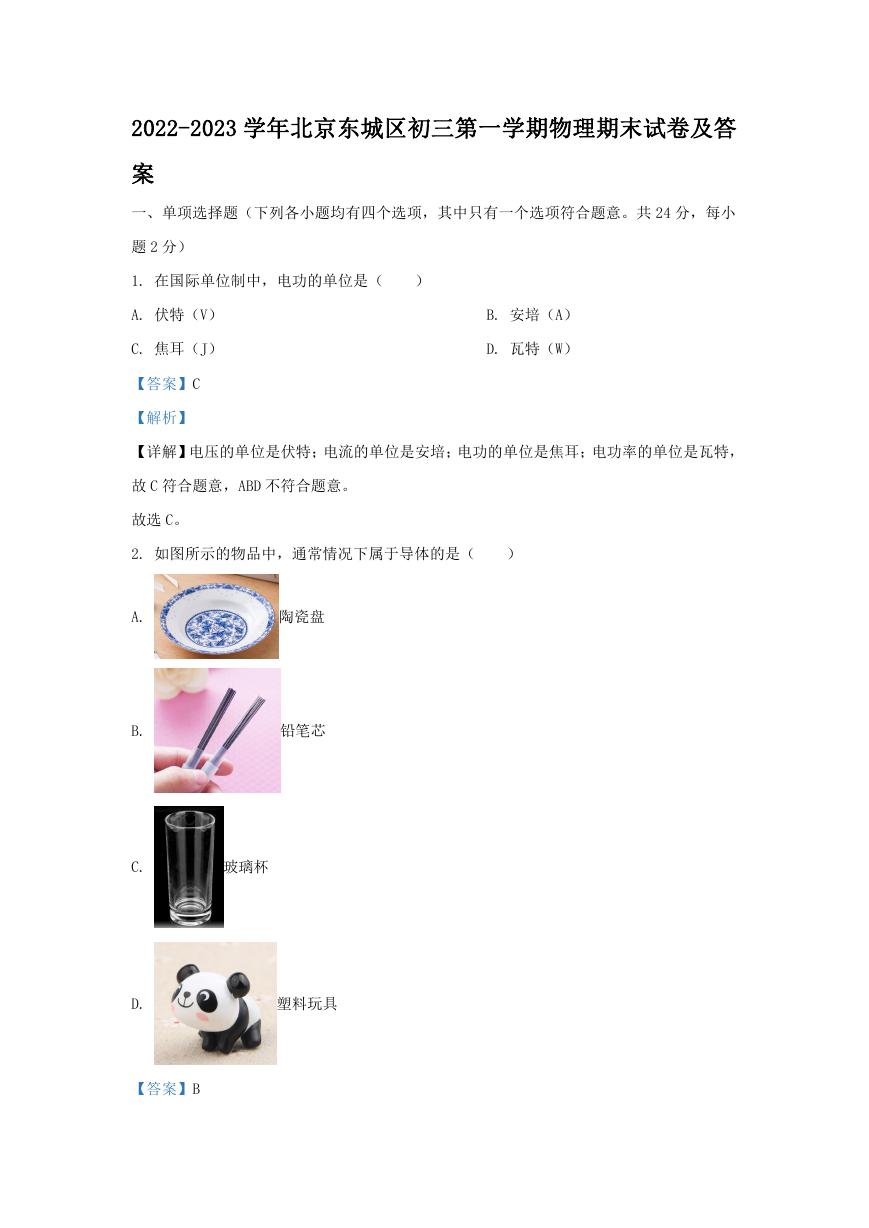 2022-2023学年北京东城区初三第一学期物理期末试卷及答案.doc
2022-2023学年北京东城区初三第一学期物理期末试卷及答案.doc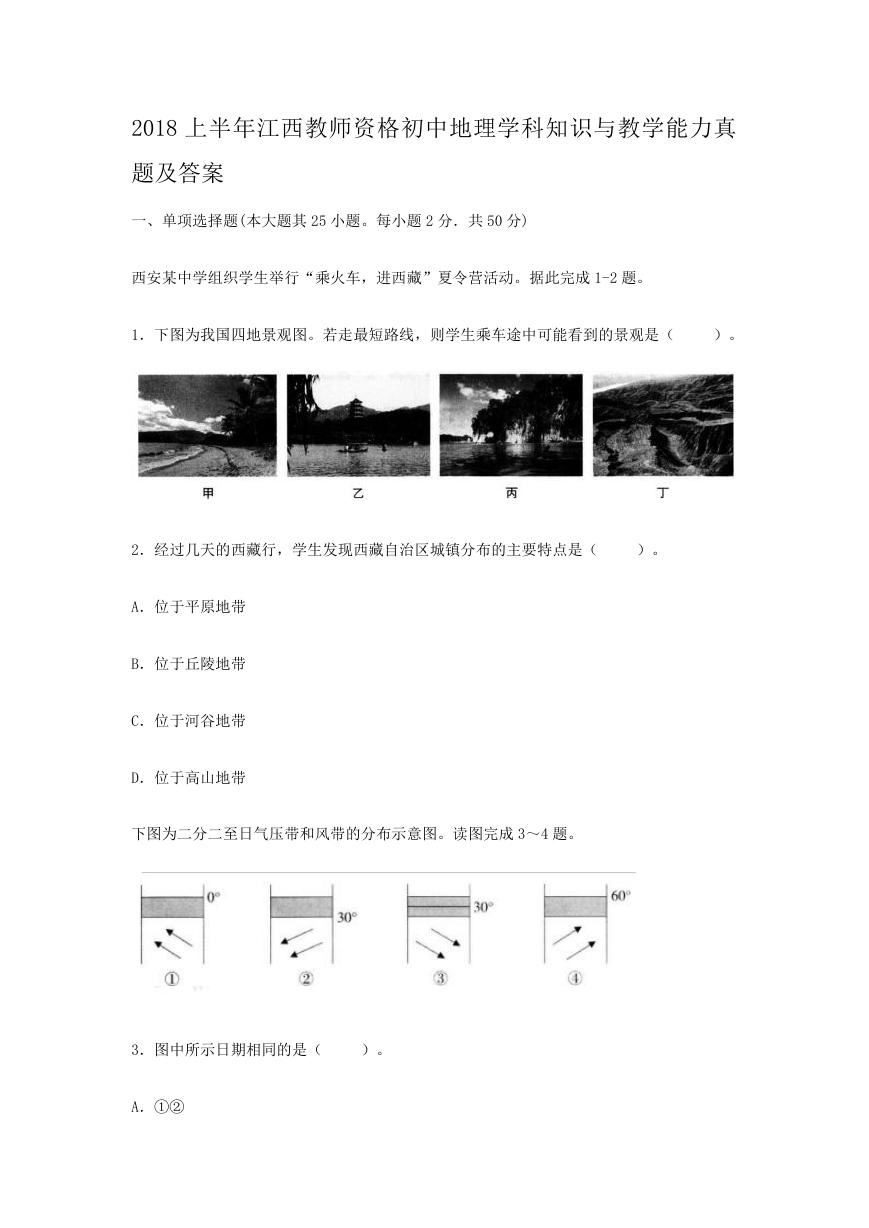 2018上半年江西教师资格初中地理学科知识与教学能力真题及答案.doc
2018上半年江西教师资格初中地理学科知识与教学能力真题及答案.doc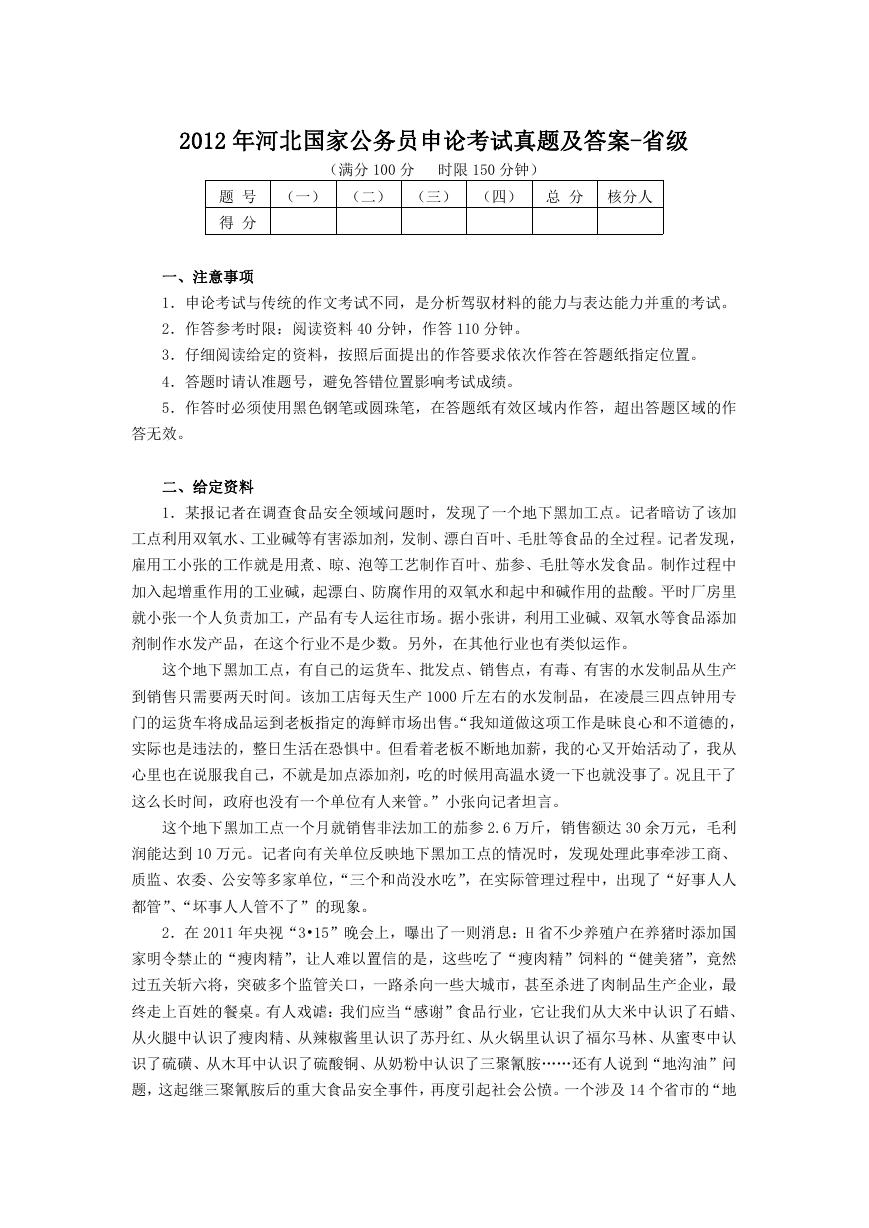 2012年河北国家公务员申论考试真题及答案-省级.doc
2012年河北国家公务员申论考试真题及答案-省级.doc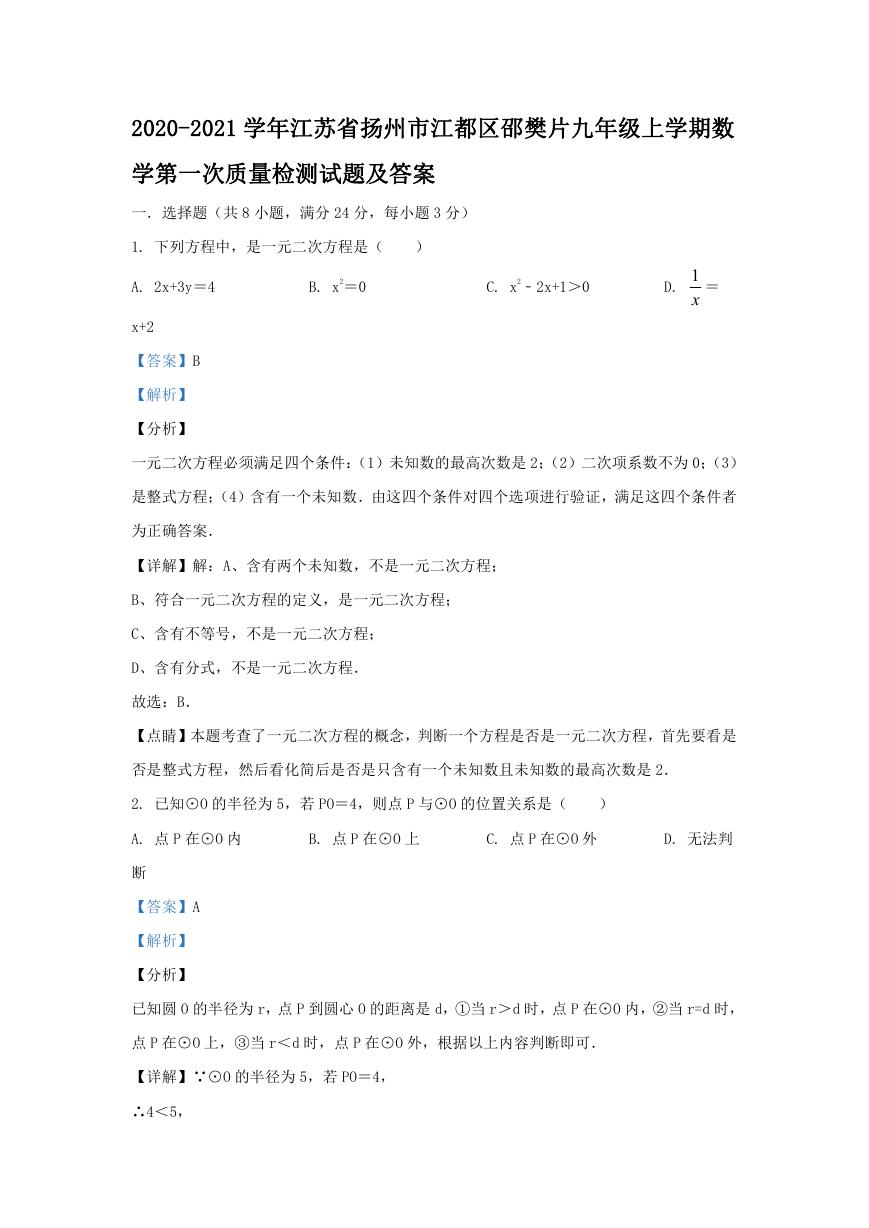 2020-2021学年江苏省扬州市江都区邵樊片九年级上学期数学第一次质量检测试题及答案.doc
2020-2021学年江苏省扬州市江都区邵樊片九年级上学期数学第一次质量检测试题及答案.doc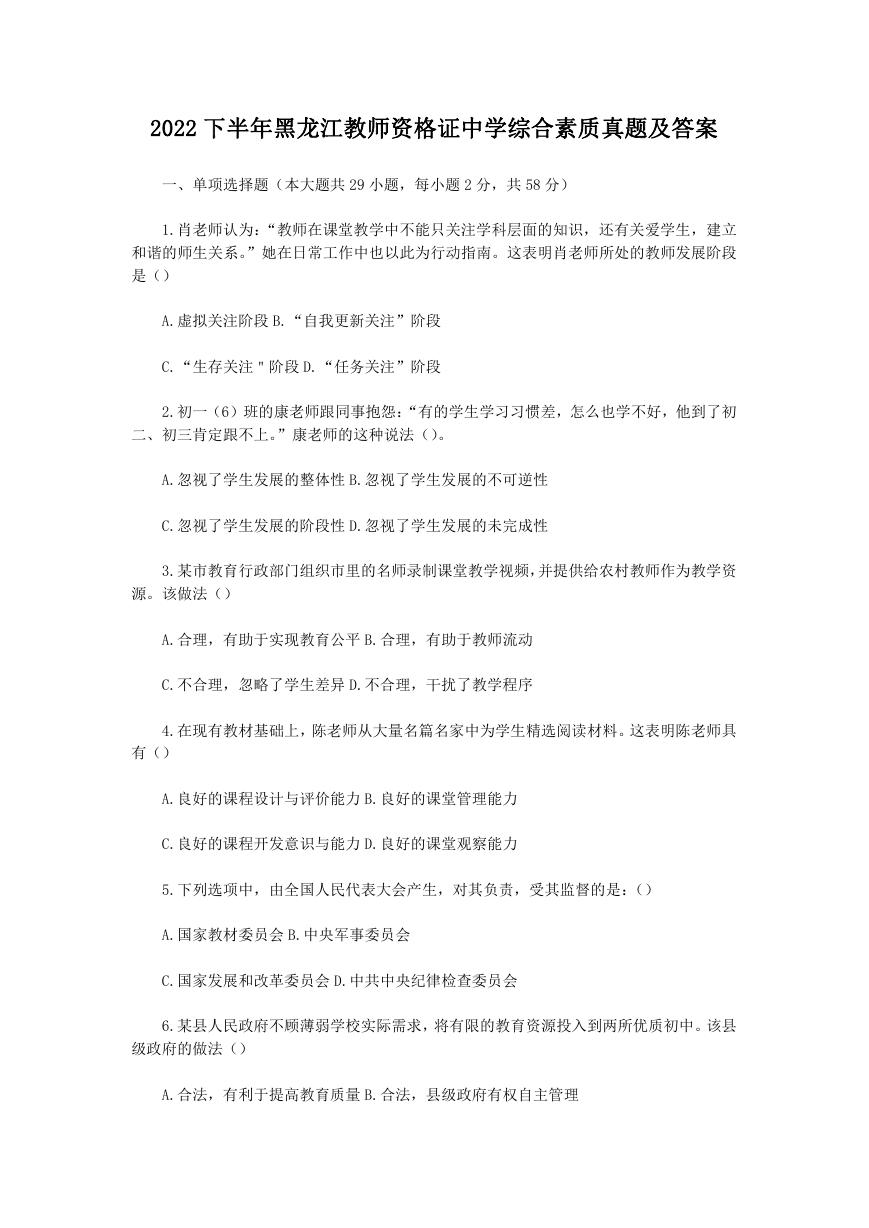 2022下半年黑龙江教师资格证中学综合素质真题及答案.doc
2022下半年黑龙江教师资格证中学综合素质真题及答案.doc